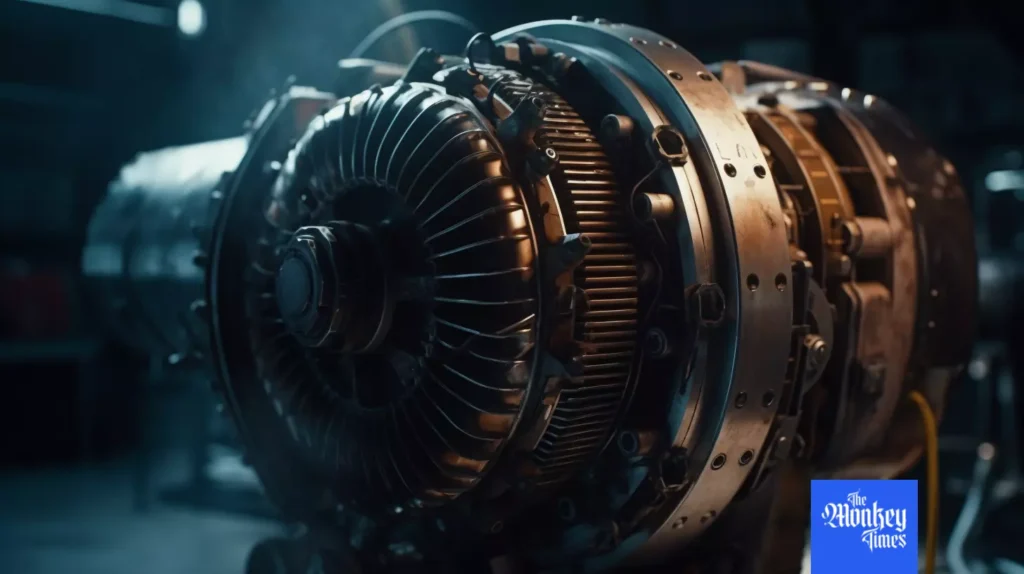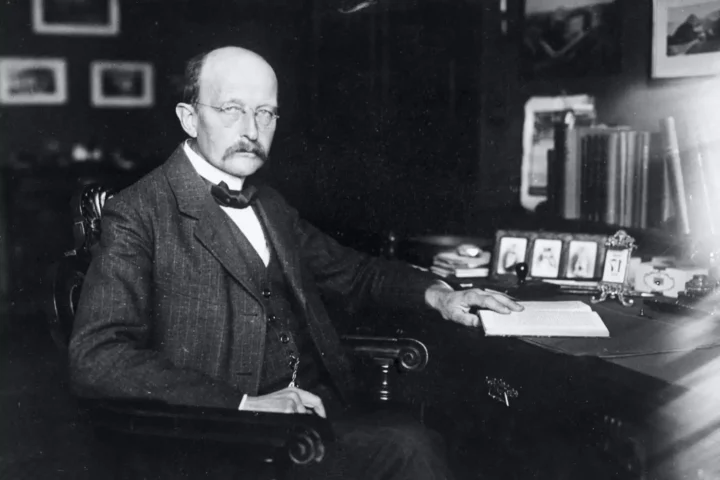On average, a huge number of commercial and civil ✈️ aircraft pass over the territory of the United States every day. According to the US Federal Aviation Administration (FAA), in 2019 there were more than 21 million passenger flights in the US on commercial airlines. This means that, on average, approximately 14,000-15,000 aircraft fly over the US every day.
International Aviation Federation ICAO compiled impressive statistics on aircraft fuel consumption, which allows it to accurately calculate the level of carbon dioxide emissions.
Using the ICAO online carbon emission calculator, you can calculate how many harmful emissions per passenger. For example, for a flight from LAX to JFK, the average Aircraft Fuel Burn/journey is 85440.40 lbs. And per person, this is an average of 1231.80 lbs.
For city buses, rates around 0.35 lbs of CO2 per passenger per mile are used. For long-distance buses, on average, emissions are almost 2 times less, and taking into account stops, the average will be somewhere around 0.20 lbs per passenger per mile (more accurate data must be calculated for each specific case depending on the landscape, road traffic, etc.). Let’s take Neoplan N116 CityLiner – a single-decker bus with 52 seats, and compare it with the aircraft. For a bus it’s ~2800 miles distance between Los Angeles and New York. So the bus fare from Los Angeles to New York is 29120 lbs. Which means a bus has 2.93 times less CO2 emissions than an airplane.
The Truth that Elon Musk doesn’t Like to Discuss Too Much
Today, road transport accounts for about 14% of CO2 emissions and about 2.2% for aircraft. But is the reduction in pollution directly proportional to what percentage of cars are electric vehicles? No. Firstly, the extraction of lithium and the creation of a battery pollute the environment more than the extraction of oil or gas. Secondly, the electric car itself also pollutes the environment while driving. Moreover, very often the carbon dioxide emissions caused by the use of an electric vehicle are higher than those of a traditional diesel car. This conclusion was reached by a group of scientists from the CESifo Institute for Economic Research in Munich.
Research
Most recently, Elon Musk celebrated the opening of the Tesla Gigafactory in Berlin. But German researchers compared the Tesla Model 3 and the Mercedes C 220 d and found that the Mercedes C 220 d emits 0.35 lbs of carbon dioxide per mile, while an electric car emits 0.45 lbs. The study highlights that the extraction and processing of lithium, which is necessary for the production of batteries, also requires a lot of energy. A 75 kWh battery emits 22,000 to 30,000 lbs of carbon dioxide. Given the battery’s 10-year lifespan and the 10,000-mile average annual mileage that the battery is designed to drive, scientists estimate that 0.22 to 0.30 lbs of carbon dioxide per mile is produced and recycled.
Actually, this study only confirmed the statistics that have existed for several years. For example, back in 2016, it was found that the rapid growth in the number of electric vehicles in Hong Kong caused a 20% increase in CO2 emissions. The problem is that more than half of Hong Kong’s electricity comes from coal.
One way or another, the problem of cumulative greenhouse emissions that accompanies all stages of power generation for electric vehicles remains. She even got her own name – “long exhaust pipe”. And the only way to radically solve this problem is to develop “green” energy.
Back to Aircrafts
Despite the mixed data on the environmental friendliness of electric vehicles, this mode of transport is actively developing. The success of electric vehicles is spurring the development of electric aircraft propulsion and is one of the areas of development in aviation technology aimed at reducing carbon dioxide emissions and reducing the environmental impact of aviation on the environment.
However, the development of aircraft engines on electric motors also faces a number of technical and economic challenges, such as the limited energy density of modern electric batteries, flight range limitations, difficulties with charging infrastructure at airports, high costs for the development and production of electric aircraft engines, etc.
Projects of Aircraft with Electric Motors
Currently, there are several projects and studies in the world related to the development of electric aircraft for regional and short haul flights. These projects seek to create electric-powered aircraft engines that can be used in small aircraft for passenger and cargo transportation over short and medium distances.
Examples of such projects include:
- Eviation Alice: This is an Israeli electric aircraft project designed for regional flights. The aircraft is being developed by Eviation and will be electrically powered using lithium-ion batteries. It is expected that it will be able to carry about 9 passengers for a distance of up to 650 km.
- Ampaire Electric EEL: US-based Ampaire is developing a hybrid aircraft that will use electric propulsion in combination with a conventional aircraft engine in a Cessna 337 aircraft. This project aims to create more environmentally friendly options for regional jets.
- Zunum Aero: This American company also develops electric aircraft for regional transportation. They plan to create electric aircraft engines that will be used in small aircraft with a capacity of 10 to 50 passengers at distances up to 700 miles.
- Pipistrel Velis Electro: This is the first electric aircraft certified to fly in Europe. Developed by the Slovenian light aircraft manufacturer Pipistrel, the Velis Electro is equipped with an electric motor and lithium-ion batteries for training and recreational flights.
And these are just a few examples of projects related to the development of electric aircraft engines for aviation.
The Main Difficulties in Creating Electric Aircraft Engines
Despite significant advances in the development of electric aircraft engines, electric aviation is still in the stage of active development and testing. There are various technical and economic challenges that require additional research and development.

One of the key technical challenges is battery technology, as current lithium-ion batteries, while providing sufficient energy density, still have a limited energy capacity, which limits the range of electric aircraft. In addition, the development of electric aircraft engines requires complex issues such as electric motor control, cooling systems, and integration with other aircraft systems.
Another challenge is the economic side, as the development and production of electric aircraft engines and electric aircraft are still expensive processes. The introduction of electric aircraft engines also requires the creation of an appropriate infrastructure for charging and servicing electric aircraft, which can also present challenges.
However, many companies, start-ups and research organizations around the world continue to work on the development of electric aircraft engines and electric aircraft, with the goal of creating cleaner and more efficient aviation solutions. Progress in this area is expected in the coming years, and electric aviation may become one of the key areas for the development of the aviation industry in the future. But this transition to electric motors will be of no use if humanity continues to receive most of the energy in the most “dirty” way, burning coal.





